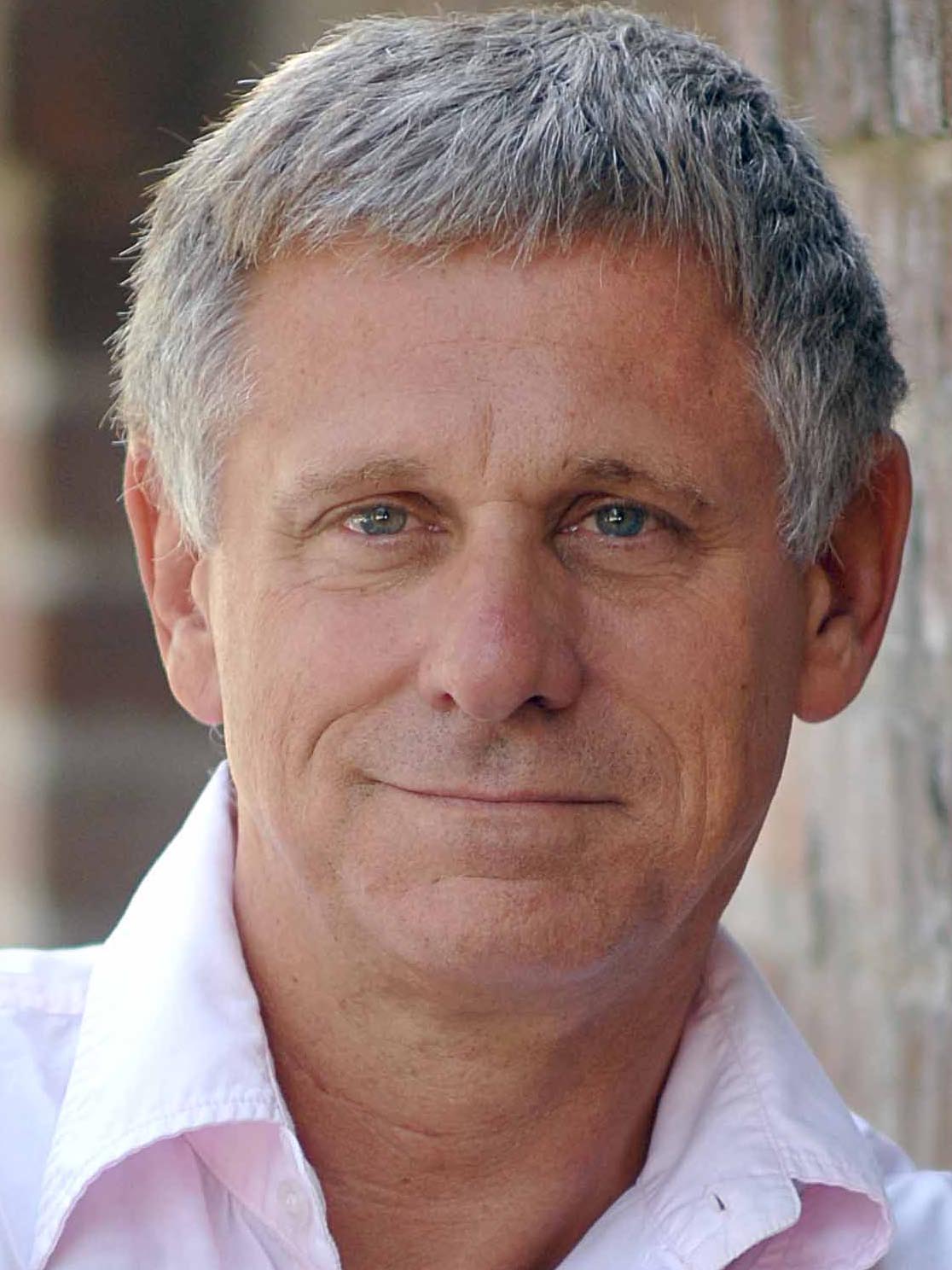Orthopaedic medicine is more than just foot issues. It’s the entire musculoskeletal system that a trained specialist deals with.

Dr. Jaime Hernandez, M.D. of Southern California Institute of Orthopedics (SCOI) is among a handful of orthopedic surgeons pioneering many cutting edge procedures.
With more than 600,000 procedures performed every year, total knee replacements (TKR) represent one of the most common surgeries in the U.S. A new innovation in this procedure called Surgical Navigation uses the latest in digital technology to make TKRs virtually 100% accurate, and Harvard-trained Dr. Jaime Hernandez, M.D. of Southern California Institute of Orthopedics (SCOI) is among a handful of orthopedic surgeons pioneering the procedure.
“Surgical Navigation is like GPS for the body,” says Dr. Hernandez, the lead joint replacement surgeon at the prestigious Southern California Orthopedic Institute. “The surgical navigation instruments are like the cars and the system acts as the satellite. The system gives the surgeon the precise location of their instruments as they perform surgery. Kind of like what the GPS in our cars do as we drive through city streets, country roads or wherever,” he says
Surgeons who don’t use surgical navigation must use traditional tools to first “eye-ball” the implant’s position, then insert the implant with less information. The shocking reality is that up to 25% of knee replacements are misaligned and require additional surgery. Surgical Navigation nearly eliminates the human error by giving the surgeon the tool to map out each individual’s anatomy.
“Your anatomy is unique to you. There isn’t a bone in your body that would be identical to anyone else’s on this earth. Computer-assisted surgery takes this into consideration, allowing the surgeon to precisely fit the implant to your individual body,” says Hernandez.
Another specialty of Dr. Hernandez’s practice is hip replacement. “I do muscle sparing minimally invasive direct anterior hip replacement. I use a special ‘Hana’ table to position the patient’s limb appropriately to allow for minimal muscle trauma,” says Dr. Hernandez.
There’s hope for less invasive hip replacements according to Dr. Hernandez. He says, “Several months ago, I was approached by a manufacturer to become a consultant for a new hip implant. This new implant was first designed in France, then modified in Switzerland, and now the implant has been bought by a big American orthopaedic manufacturer (Smith and Nephew). I have put in about 50 of these implants, and recently learned that I am actually the number one user of this product in the USA. I love the implant, and now am helping Smith and Nephew modify the implant insertion technique to allow other American surgeons to more easily use it, per my technique.”
Weight is an issue with some hip replacements. Dr. Hernandez says, “The French/European people generally are not as obese as Americans, and the surgeons there developed the stem, to easily ‘slip’ into these leaner patients. The implant design is also based more on European engineering concepts. It is great for minimally invasive hip replacement.”
Dr. Hernandez discusses heel and foot pain from high heels in a recent appearance on ABC’s Good Morning America:
Dr. Hernandez offered his top 5 biggest misconceptions of Orthopaedic Medicine list to Monsters and Critics:
Orthopaedics is the field of medicine specializing in feet.

Dr. Hernandez says WRONG. “It is the specialty of ALL of the musculoskeletal system. from the spine to the tips of your fingers and toes. ‘Orthopaedic’ is derived from greek language (ortho:straight, Paed: paediatric: Children). This “Straight-Child” specialty grew from the treatment of ‘twisted’ children with muscular, limb deformities. “Making children straight…”
Orthopaedic surgeons were the ‘Buckle and brace’ doctors. Invention of antibiotics allowed metal implants. War injuries/surgeries and the need for rapid recovery of muscle/bone and return to war led to the field’s growth. One of the first orthopaedic implants was the Kuntscher nail. (femoral rod) . German surgeon inserted the rods into airplane pilots’ broken femurs after plane crashes. And got them back up flying and fighting ASAP.”
Shoe inserts are a cure all.

Dr. Hernandez says NO. “Podiatrists, chiropractors, physical therapists are quick to prescribe costly shoe inserts. for a variety of reasons,..to cure feet, alignment , body issues. Most of the time they are very expensive and they aren’t necessary. Before you shell out big bucks for ‘custom inserts’, check with an orthopaedic surgeon who specializes in feet….to get his opinion.”
Computer keyboard use leads to carpal tunnel syndrome.

Dr. Hernandez says NOPE. “The scientific literature does not support this claim. Get back to work! and type away! In fact, most studies now strongly suggest that carpal tunnel syndrome is primarily associated with medical or physical conditions such as diabetes, osteoarthritis, hypothyroidism, and rheumatoid arthritis.”
A simple knee “clean up job” is all you need for your knee meniscus tear.

Dr. Hernandez says CAREFUL!: “A torn knee meniscus is usually NOT the Problem! It’s usually just arthritis setting in. The soft padding between the knee bones wears out and the bones start to grind, causing pain. The meniscus is just part of this padding that is tearing/wearing out. Be careful of arthroscopic meniscus “clean up job” surgeries. They might nor work, if arthritis is the real problem. Talk to your doctor about arthritis.”
I have a bad back!

Dr. Hernandez says WAIT. “Actually, It’s probably your belly that is big, and bad. Your back is probably fine, just overworked. Back pain is the third most common reason for a doctor’s visit. Almost everyone has back pain. And unfortunately, in America we have a tremendous obesity epidemic, Almost everyone should lose a few pounds. That’s the good news! There is usually a simple cure: Stretching, physical therapy, and weight loss will help the vast majority of back pain. Don’t rush yourself into a spine procedure. Injections and Surgery can usually be avoided, if you put in the effort to lose weight and strengthen your back.
Check with your doctor first, of course.”

